Lifestyle
How to Get into Spelunking: A Beginner’s Guide

Spelunking, also known as caving, is the exploration of natural cave systems. For many people, it’s a unique hobby that combines physical activity, adventure, and nature. Whether you are drawn to underground rock formations or simply looking for a new outdoor activity, spelunking can be a rewarding experience. However, it requires planning, the right equipment, and a basic understanding of safety. This beginner’s guide will explain everything you need to know about how to get into spelunking, from what it is to what gear is essential for spelunking.
What is Spelunking?
Spelunking is the act of exploring caves. It involves walking, crawling, climbing, or even swimming through underground passageways formed by nature. People do it for many reasons. Some are drawn by the beauty of cave formations like stalactites and stalagmites. Others enjoy the physical challenge or the quiet solitude found deep underground. Unlike hiking or biking, spelunking takes you into an environment that is not always friendly or easy to move through. It is both exciting and demanding.
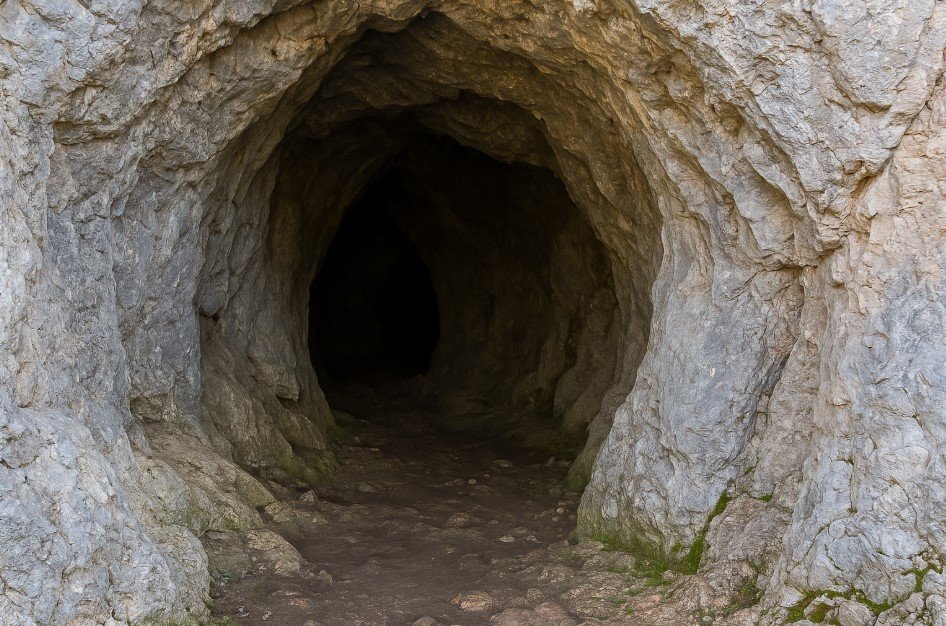
Many beginners confuse spelunking with “Splunk,” a popular software used for data analytics. So if you’re asking “what is Splunk,” keep in mind that while it sounds similar, it has nothing to do with caves or exploration. In this article, we are focusing only on the outdoor activity of spelunking.
What Does Spelunking Involve?
Spelunking involves entering a cave and exploring its paths, chambers, and formations. Sometimes this includes squeezing through narrow gaps, climbing over rocks, or walking through water. It can also involve rope work or climbing techniques for more advanced caves. Most beginner-level caves don’t require special skills beyond walking, crawling, and using a flashlight, but understanding what does spelunking involve can help you prepare mentally and physically.
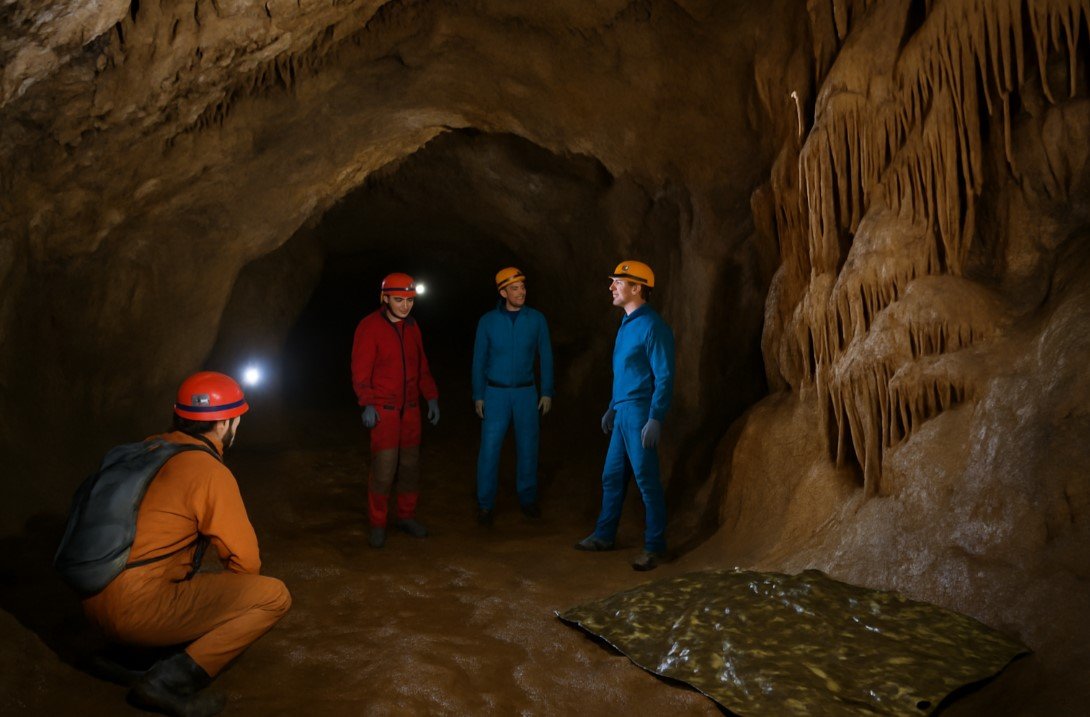
Generated by AI
Safety is very important in spelunking. Caves are dark, can be slippery, and may have confusing paths. That’s why it’s always recommended to go with an experienced guide or group, especially if it’s your first time. Having someone who knows the cave can help you avoid getting lost or injured.
How to Start Spelunking as a Beginner
Getting started with spelunking is easier than it may seem, but you should take a few key steps before entering your first cave.
-
Learn the Basics
Before going on a caving trip, read about how caves are formed, what to expect inside, and common cave hazards. Watch videos or read articles from experienced cavers to understand how to move safely and what situations to avoid. Many outdoor clubs or local nature groups offer beginner-friendly classes or events.
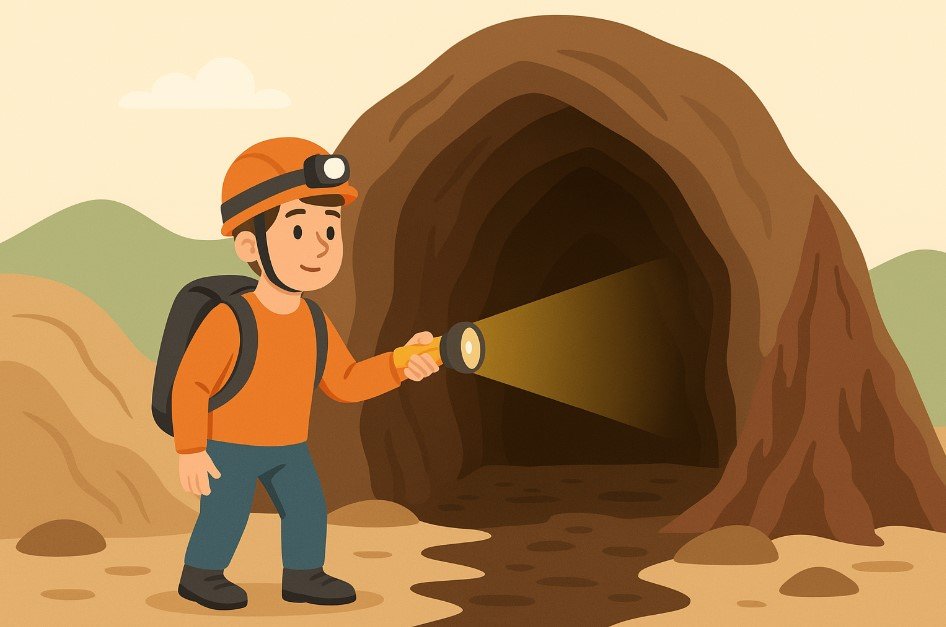
-
Choose a Beginner-Friendly Cave
Not all caves are safe for beginners. Some are large, easy to walk through, and already developed for visitors. Others are narrow, dark, or flooded. When starting, choose a cave that is open to the public and rated as easy or moderate. These usually have marked paths, minimal climbing, and well-known routes.
Ask local park authorities, outdoor clubs, or cave organizations for suggestions. They often know which caves are best suited for first-timers.
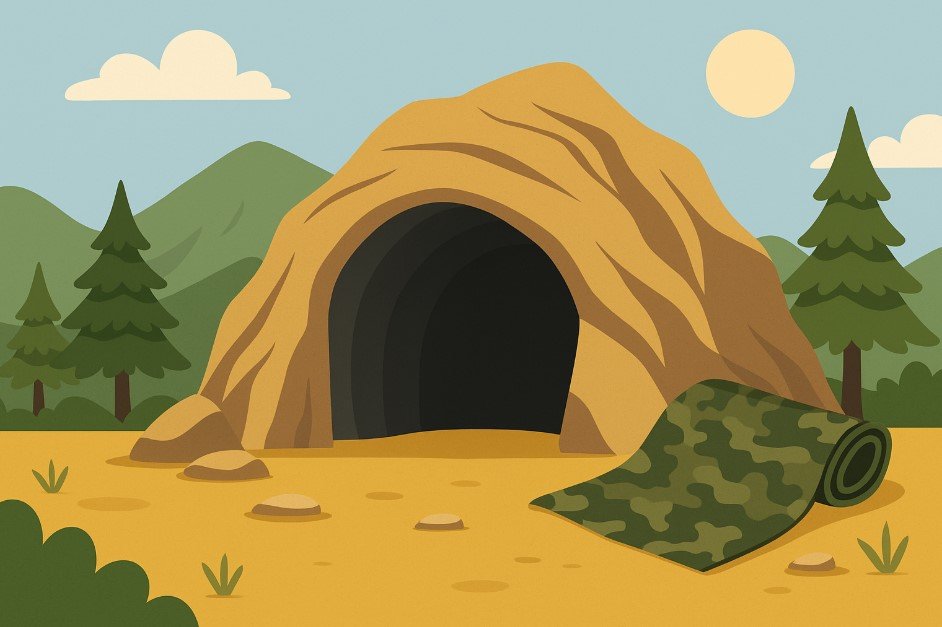
-
Never Go Alone
Caving should always be done with others. If something goes wrong—like getting injured or stuck—you will need help. Most experts recommend exploring caves in groups of three or more. This way, if one person gets hurt, one can stay and the other can go for help. Always let someone outside the group know where you’re going and when you plan to return.

-
Take Your Time
Move slowly and pay attention to where you step, crawl, or climb. Always look before placing your foot or hand. Caves can be unpredictable. By going slow, you reduce your chances of slipping or hurting yourself.
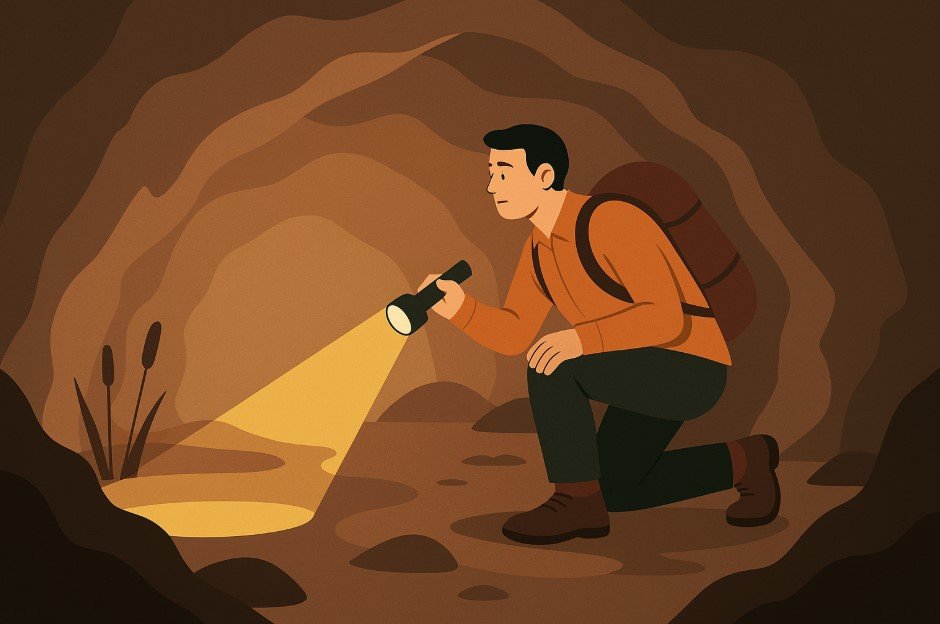
-
Respect the Cave Environment
Caves are home to delicate rock formations, bats, insects, and other life. Don’t break or touch the formations. Avoid loud noises or shining lights directly at bats. Also, take all your trash with you. Responsible caving helps preserve caves for future explorers and protects the ecosystem inside.
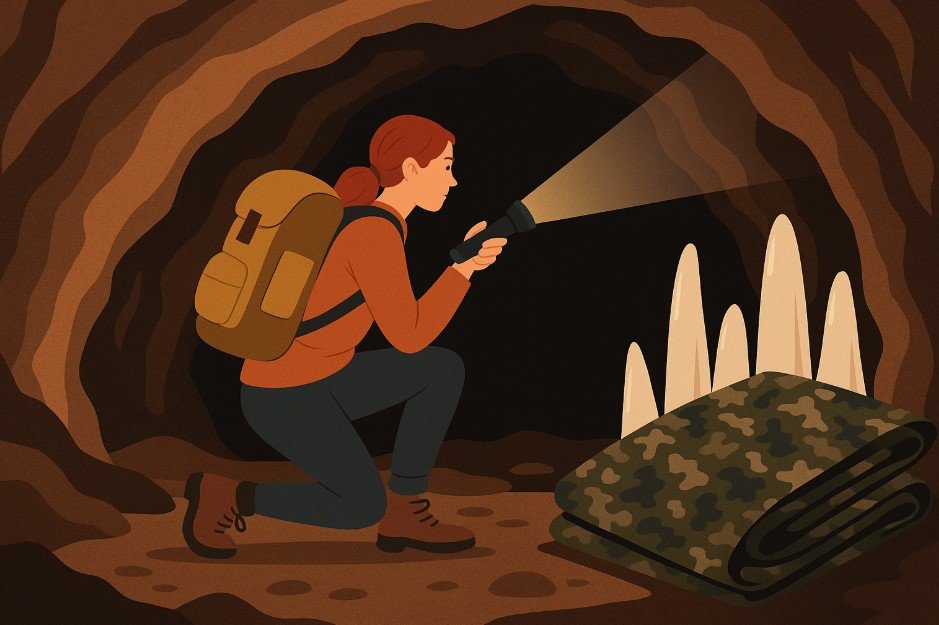
What Gear is Essential for Spelunking?
Caving requires specific equipment to stay safe and navigate underground. Unlike hiking or camping, where daylight helps you see your path, caves are completely dark and often cold or wet. So you need to prepare properly.
Here’s a list of what gear is essential for spelunking:
- Helmet with Headlamp
A strong helmet protects your head from low ceilings and falling rocks. A headlamp mounted on your helmet keeps your hands free. Make sure it has fresh batteries, and always carry extra.

- Backup Light Sources
Carry at least two backup flashlights or headlamps. If your main light fails, you don’t want to be left in total darkness. Include extra batteries for each.
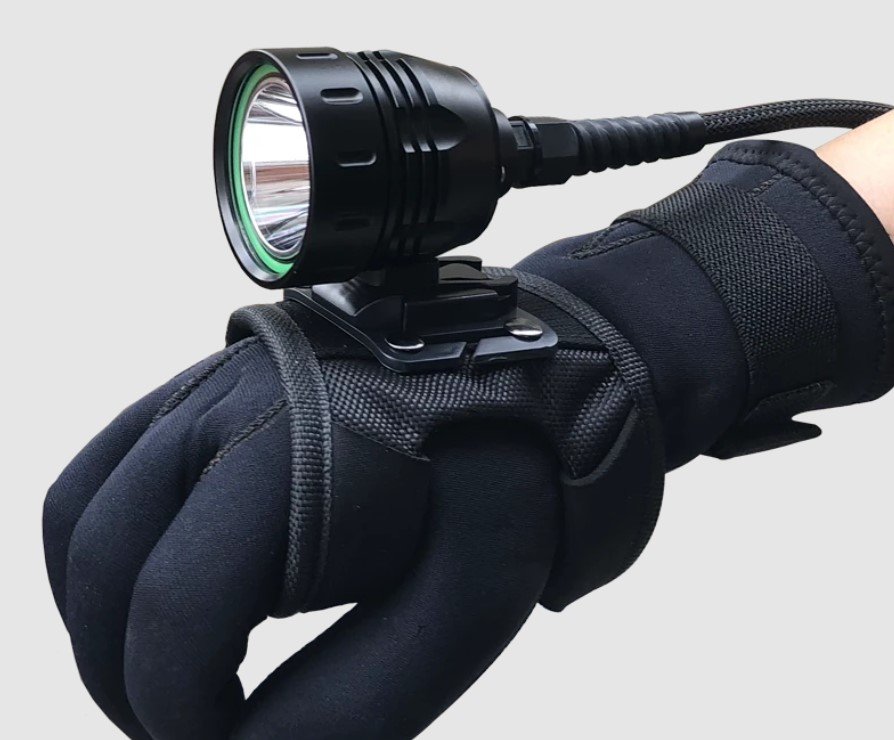
- Proper Footwear
Wear sturdy boots with good grip. Caves are often wet or muddy, and sneakers or sandals won’t protect your feet or keep you stable.
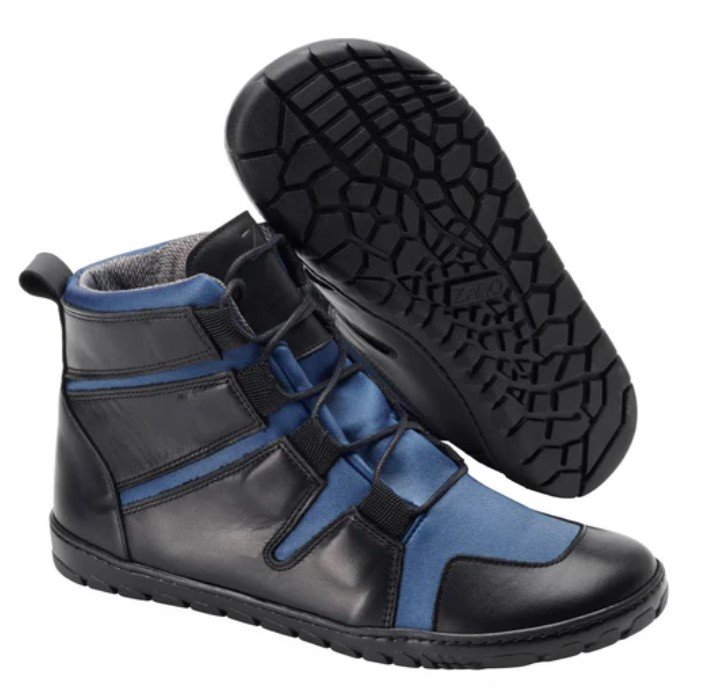
- Durable Clothing
Wear long pants and a long-sleeved shirt made from tough, moisture-wicking fabric. Caves can be cold, and sharp rocks may tear weak material. Avoid cotton—it stays wet and makes you cold.
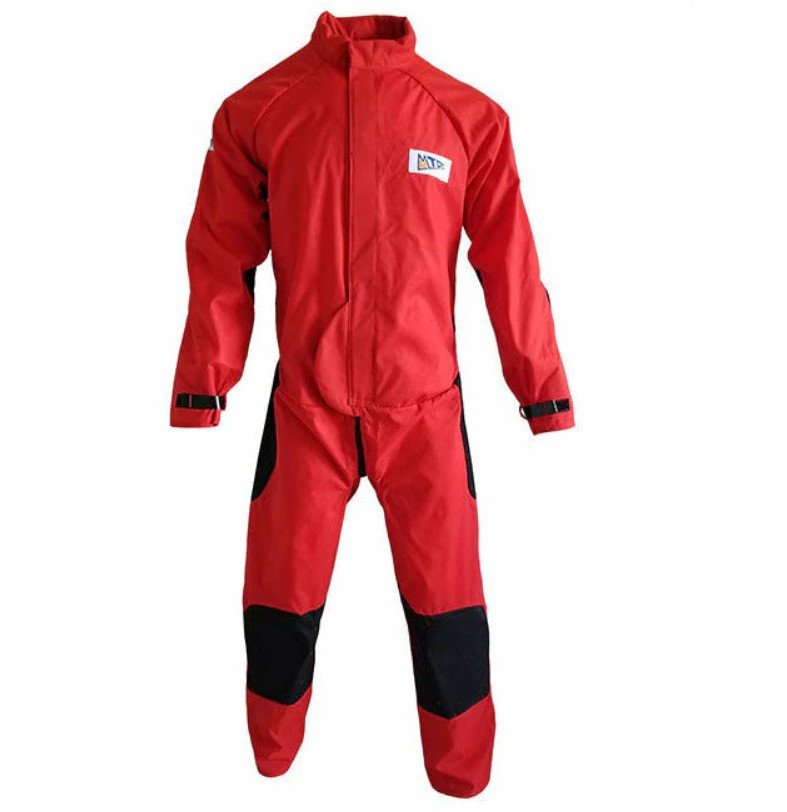
- Gloves
Lightweight gloves protect your hands when crawling or climbing over rough surfaces.

- Water and Snacks
Even short trips require energy. Bring high-energy snacks and water in a secure, spill-proof container.
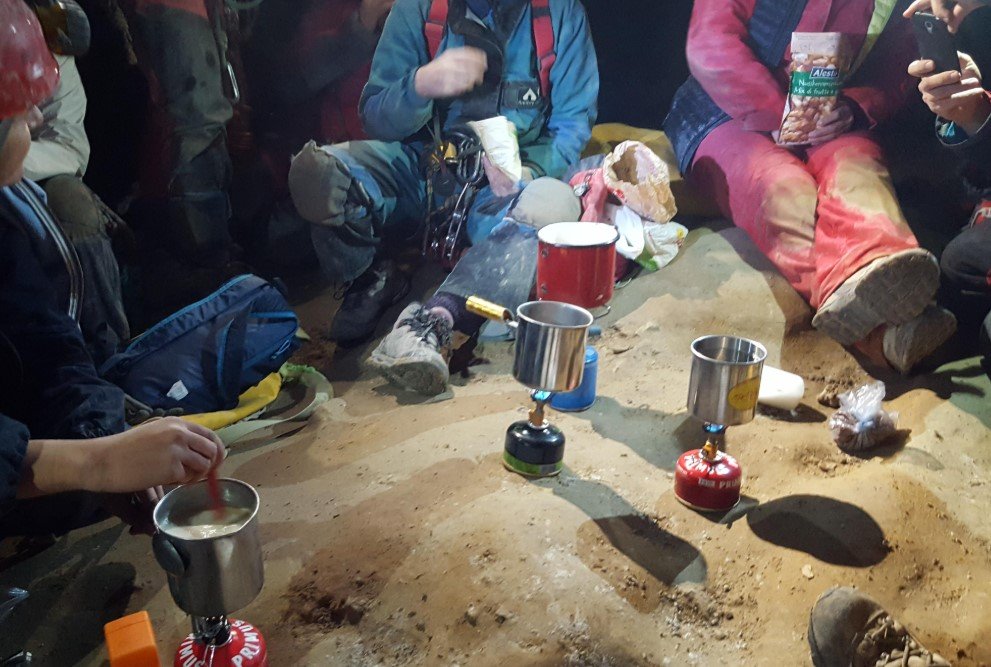
- Small Backpack or Bag
A small bag holds your essentials but should not limit your movement in tight spaces.
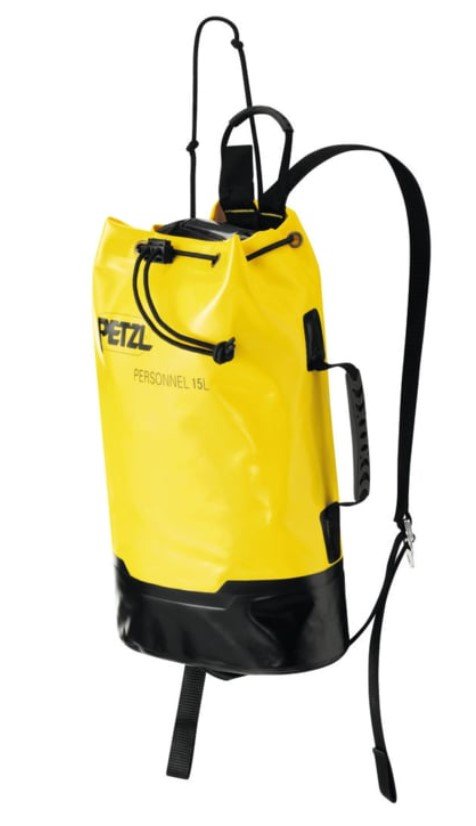
- First Aid Kit
Include bandages, antiseptics, and pain relief. Be prepared for scrapes or minor injuries.
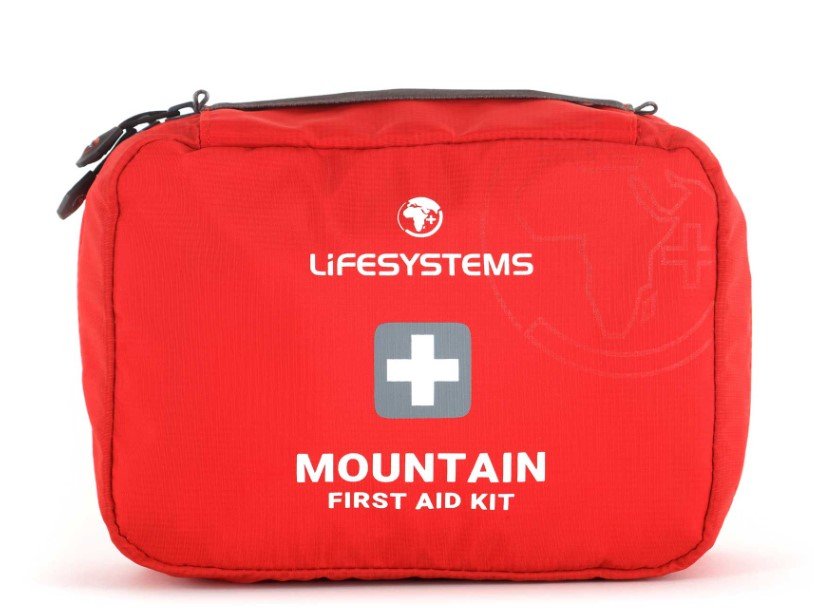
- Navigation Tools
A cave map or knowledge of marked trails helps prevent you from getting lost. Some people also bring a whistle for signaling.
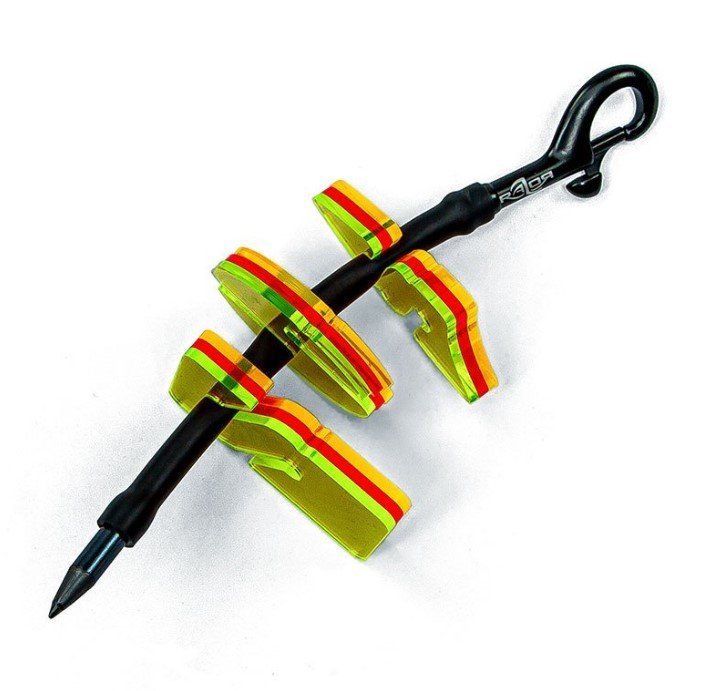
These items make up the common spelunking gear used by most cavers. As you gain more experience, you may add items like ropes, climbing gear, or waterproof clothing, depending on the type of cave.
Where to Find Caves for Spelunking
If you want to try spelunking, the first step is finding a cave that matches your skill level. In many countries, there are public caves open to visitors, including beginner-friendly ones. National parks, state parks, or nature reserves often manage caves and can give advice on which ones are safe to enter.
In the United States, places like Mammoth Cave in Kentucky, Carlsbad Caverns in New Mexico, and Lava Beds in California offer guided tours and entry-level cave experiences. In Europe, countries like Slovenia, Austria, and France have well-known cave systems that are accessible to beginners.
You can also check with local spelunking clubs or caving associations. These groups often organize group trips and can connect you with experienced cavers who know the local caves well.
Join a Caving or Spelunking Club
One of the easiest ways to get into spelunking is by joining a club. Many regions have clubs or organizations focused on cave exploration. These groups welcome beginners, offer training, and often lend out gear to new members.
Benefits of joining a caving club include:
- Learning from experienced cavers
- Safer cave trips in a group
- Access to caves that might not be open to the public
- Opportunities to help with cave conservation or mapping projects
Caving clubs are also a great place to meet people who share your interest in nature and exploration.
Learn Basic Cave Safety Rules
Safety is the most important part of spelunking. Here are basic rules you should always follow:
- Always tell someone where you are going and when you’ll return
- Never go caving alone
- Bring at least three independent light sources
- Wear a helmet at all times
- Know your physical limits and don’t push yourself too far
- Stay on known paths inside the cave
- Don’t remove or damage rocks or formations
- Avoid touching cave walls as they can be delicate
Some caves have tight spaces that may trigger claustrophobia. If you’re not sure how you will react, choose a larger, open cave for your first trip.
Also, pay attention to the weather. In some cases, heavy rain can cause flooding in caves, especially those with low entrances or narrow passages.
What to Expect on Your First Spelunking Trip
As a beginner, your first spelunking trip should be planned carefully. Go with a guide or a club, and don’t choose a cave that’s too long or difficult. Plan for a short visit—1 to 3 hours is enough for a first-timer.
Here’s what a typical beginner trip looks like:
- Meet the group and do a gear check
- Walk to the cave entrance
- Review safety instructions
- Enter the cave slowly and adjust to the light
- Explore chambers and paths as guided
- Take breaks if needed
- Exit the cave before dark or fatigue sets in
After your first trip, take time to reflect on what you enjoyed and what you might do differently next time. Did your light last long enough? Was your clothing warm and dry? These details help improve future trips.
Common Challenges for Beginners
Beginners often face a few common challenges when they start spelunking. Here are tips to handle them:
- Fear of Darkness
Caves are completely dark. If you’re not used to that, it can feel overwhelming. Bring a strong headlamp and backup lights. Keeping your space well-lit reduces anxiety. - Claustrophobia
Tight spaces make some people uncomfortable. Choose caves with wider tunnels and walk-through paths until you feel ready to try narrower spaces. - Getting Tired Quickly
Crawling, climbing, and walking over uneven ground uses a lot of energy. Go at a steady pace, bring snacks, and drink water. - Getting Lost
Always stick with your group. Beginners should not explore side tunnels or unknown paths. Bring a simple map or follow marked routes.
By being prepared and staying aware, these challenges can be avoided or managed safely.
How to Practice Between Trips
If you enjoy your first trip and want to improve, there are ways to practice skills at home or outdoors. You can work on:
- Fitness: Increase leg and arm strength through hiking or light climbing
- Balance: Practice walking on uneven paths or rocky areas
- Navigation: Learn to read maps or use a compass
- Lighting: Try different headlamps and batteries to find what works best
- Packing: Repack your bag and gear to find the most efficient setup
These simple steps will make future trips easier and safer.
Caving vs. Spelunking: Is There a Difference?
In the U.S., “spelunking” and “caving” are often used to mean the same thing. However, some experienced cavers prefer the word “caving” because they feel “spelunking” sounds amateurish or casual. In practice, both words refer to exploring caves, but in professional or scientific communities, “caving” is more commonly used.
So if you hear someone say they go caving instead of spelunking, they’re talking about the same activity.
Respecting the Environment
Caves are delicate and often contain ecosystems that are thousands of years old. Many caves house rare species of bats, insects, or even blind fish. Touching formations can leave oils that stop natural growth. Breaking formations damages history that cannot be repaired.
That’s why most spelunkers follow the rule: “Take nothing but pictures, leave nothing but footprints.” If you see trash or damage, report it to park staff or a local caving group.
Tips for Buying Spelunking Gear
When it comes to buying your own equipment, start with the basics. You don’t need the most expensive gear at first. Buy quality items that offer safety and durability.
Here are some beginner-friendly gear tips:
- Helmet: Choose a climbing or caving helmet, not a bike helmet.
- Lights: Get a headlamp with a long battery life and good brightness (at least 200 lumens).
- Boots: Hiking boots or work boots with grip and ankle support are best.
- Clothing: Use layers that are breathable and protective. Avoid cotton.
- Backpack: Choose a small, sturdy backpack that won’t get caught in tight spaces.
Eventually, you may want to buy rope kits, knee pads, waterproof bags, or climbing harnesses as you explore more challenging caves.
Summary
Spelunking is a unique and exciting hobby that allows people to explore the hidden world of caves. It can be physically challenging, but it’s also deeply rewarding. Whether you’re looking to try something new or you’ve always been curious about caves, spelunking is a hobby anyone can learn with the right preparation.
Here are some key takeaways:
- Spelunking means cave exploration
- It’s important to understand what spelunking involves
- Always go with a group or guide
- Use common spelunking gear to stay safe
- Know what gear is essential for spelunking
- Learn slowly and gain experience over time
- Don’t confuse spelunking with what Splunk is, which refers to data software
Start with beginner-friendly caves, respect the environment, and most of all, take your time. With patience and curiosity, spelunking can become a long-term passion.
-

 Social Media2 months ago
Social Media2 months agoWhat the “67” TikTok Meme Really Means
-

 Tech2 months ago
Tech2 months agoWhat To Do When Your Business Faces Network Vulnerabilities
-

 Self Improvement2 months ago
Self Improvement2 months agoUsing BCBS Rehab to Access Quality Addiction Care
-

 Games2 months ago
Games2 months agoPusoy Strategies for Play That Also Work in Pusoy Dos in English






